Banjo Icon: Roots of American Music

In the tapestry of American music, the banjo stands as a captivating thread, its resonating strings weaving a narrative of cultural exchange and artistic evolution. From its humble origins in Africa to its profound impact on the American musical landscape, the banjo has played a pivotal role in shaping the nation's sound. Its unique melodic and rhythmic qualities have captivated audiences for centuries, embodying the spirit of resilience, innovation, and cross-cultural fusion.
In this comprehensive guide, we embark on an in-depth exploration of the banjo's remarkable journey, from its African roots to its prominent place in American musical genres such as bluegrass, folk, and beyond. Through the lives of legendary banjoists and the evolution of playing techniques, we unravel the complexities of this iconic instrument, shedding light on its contributions to the rich tapestry of American culture.
4.6 out of 5
| Language | : | English |
| File size | : | 7318 KB |
| Text-to-Speech | : | Enabled |
| Enhanced typesetting | : | Enabled |
| Word Wise | : | Enabled |
| Print length | : | 259 pages |
| Screen Reader | : | Supported |
African Origins and the Birth of the Banjo
The banjo's origins can be traced back to the shores of West Africa, where gourd-based instruments known as akonting and ngoni were widely played. These instruments, brought to the Americas by enslaved Africans, served as the foundation for the development of the modern banjo. As Africans sought to recreate their musical traditions in a new land, they adapted the akonting and ngoni, combining their distinct construction methods with locally available materials.
![]()
The earliest known banjos in the United States appeared in the late 17th century, primarily in the hands of enslaved African Americans. These instruments, known as "banjar" or "banjarin," were typically crafted from gourds covered with animal skin and fitted with a long neck and strings. As the banjo gained popularity among the African American community, it began to incorporate influences from European instruments, such as the fiddle and guitar.
The Banjo in Minstrel Shows and Beyond
In the mid-19th century, the banjo gained widespread recognition through its association with minstrel shows. These popular theatrical performances, often featuring white performers in blackface, incorporated the banjo as a central instrument. Minstrel shows played a significant role in shaping the public's perception of the banjo, portraying it as a comedic and stereotypical symbol of African American culture.
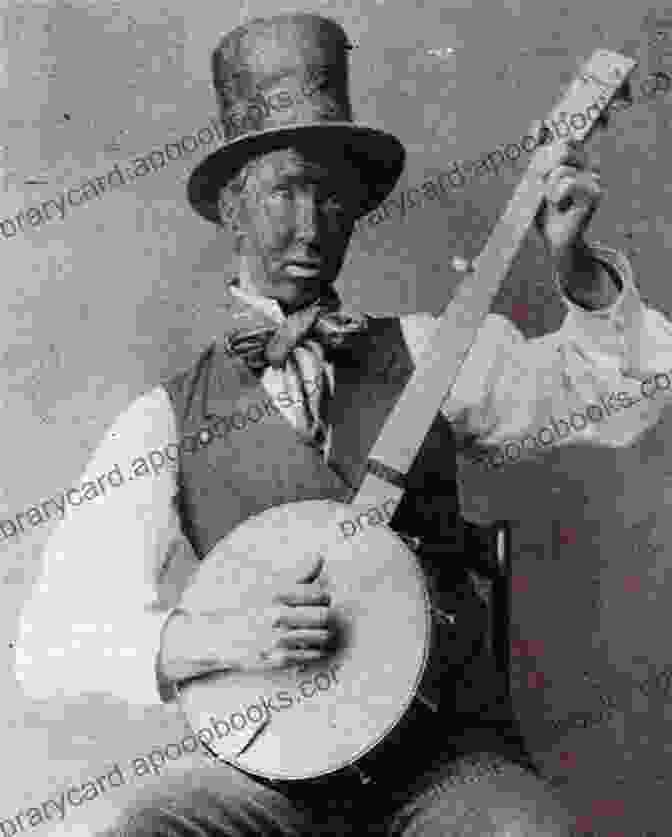
Despite the racial overtones associated with minstrel shows, the banjo's inclusion helped to popularize the instrument beyond its African American roots. It became a staple of American popular music, transcending racial boundaries and finding its way into various genres, including folk, vaudeville, and early jazz.
The Banjo in Bluegrass and Folk Music
In the early 20th century, the banjo experienced a resurgence in popularity as a key instrument in bluegrass music. Bill Monroe, known as the "Father of Bluegrass," popularized a three-finger picking style that revolutionized banjo playing. This technique, characterized by its lightning-fast picking and intricate melodic lines, became synonymous with bluegrass music and influenced countless banjoists to come.
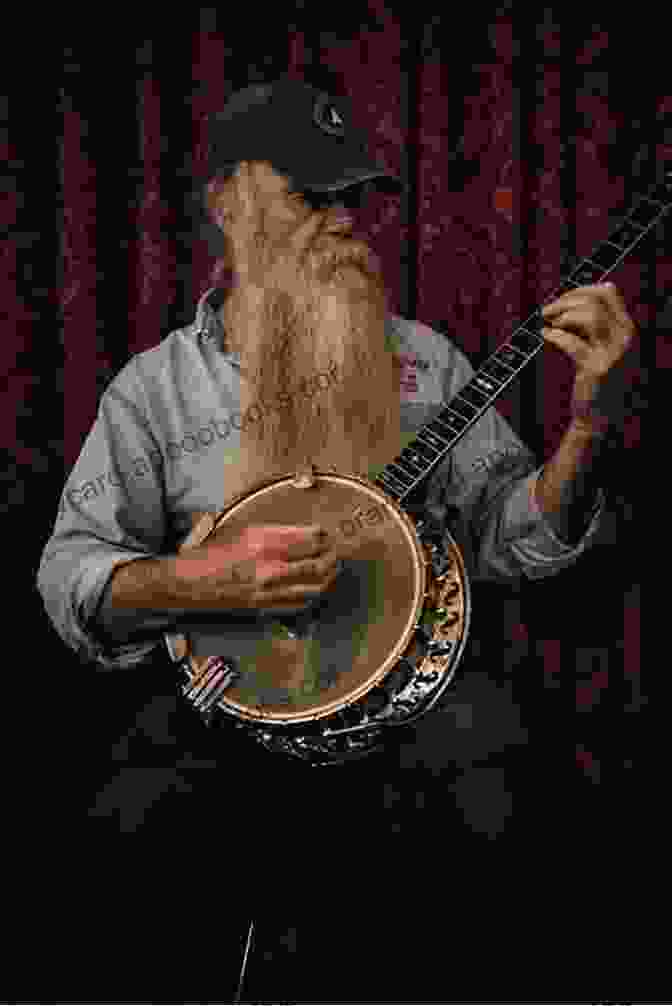
In the folk music revival of the 1950s and 1960s, the banjo found a new audience among folk singers and musicians. Artists such as Pete Seeger and Bob Dylan incorporated the banjo into their repertoire, drawing inspiration from traditional folk and blues music. The banjo's versatility and ability to convey both joy and sorrow resonated with folk musicians, solidifying its place in the American folk tradition.
Contemporary Banjo and Beyond
Today, the banjo continues to evolve and thrive in the hands of contemporary musicians who push the boundaries of the instrument's possibilities. Virtuosos like Béla Fleck and Alison Brown have expanded the banjo's technical and expressive capabilities, blurring the lines between genres and introducing new audiences to the instrument's captivating sound.
![]()
In recent years, the banjo has found its way into a diverse range of musical styles, from rock to jazz to classical. Its unique timbre and rhythmic qualities have attracted the attention of musicians worldwide, who are reinterpreting and reinventing the instrument's traditional roles. Whether in solo performances, chamber music ensembles, or experimental collaborations, the banjo continues to inspire and captivate, demonstrating its enduring relevance in the ever-evolving landscape of American music.
The banjo's journey in America is a testament to the resilience and adaptability of human creativity. From its humble African origins to its prominent place in bluegrass, folk, and beyond, the banjo has played a pivotal role in shaping the nation's musical identity. Its unique sound and rhythmic qualities have captivated audiences for centuries, bridging cultural divides and fostering a shared musical heritage.
As we continue to explore the banjo's rich history and vast potential, we celebrate the instrument's ability to unite people, inspire creativity, and tell the story of American music in a captivating and profound way. The banjo, with its enduring legacy and ever-evolving sound, remains an icon of American culture, a testament to the transformative power of music.
4.6 out of 5
| Language | : | English |
| File size | : | 7318 KB |
| Text-to-Speech | : | Enabled |
| Enhanced typesetting | : | Enabled |
| Word Wise | : | Enabled |
| Print length | : | 259 pages |
| Screen Reader | : | Supported |
Do you want to contribute by writing guest posts on this blog?
Please contact us and send us a resume of previous articles that you have written.
 Book
Book Novel
Novel Page
Page Chapter
Chapter Text
Text Story
Story Genre
Genre Reader
Reader Library
Library Paperback
Paperback E-book
E-book Magazine
Magazine Newspaper
Newspaper Paragraph
Paragraph Sentence
Sentence Bookmark
Bookmark Shelf
Shelf Glossary
Glossary Bibliography
Bibliography Foreword
Foreword Preface
Preface Synopsis
Synopsis Annotation
Annotation Footnote
Footnote Manuscript
Manuscript Scroll
Scroll Codex
Codex Tome
Tome Bestseller
Bestseller Classics
Classics Library card
Library card Narrative
Narrative Biography
Biography Autobiography
Autobiography Memoir
Memoir Reference
Reference Encyclopedia
Encyclopedia Tanya Allan
Tanya Allan Roy Eidelson
Roy Eidelson Timothy Brandoff
Timothy Brandoff Amit Chaudhuri
Amit Chaudhuri Debbie Viggiano
Debbie Viggiano Taylor Neptune
Taylor Neptune Robert Blake
Robert Blake Ray Breed
Ray Breed Amy Weinland Daughters
Amy Weinland Daughters Lorraine Recchia
Lorraine Recchia Stephanie Deutsch
Stephanie Deutsch Judith Keim
Judith Keim Bruno Humbeeck
Bruno Humbeeck R A Fisher
R A Fisher Fiona Goble
Fiona Goble Duilio Chiarle
Duilio Chiarle Juliette Cunliffe
Juliette Cunliffe Amy S Peele
Amy S Peele Jan Philipp Albrecht
Jan Philipp Albrecht Robert J Bunker
Robert J Bunker
Light bulbAdvertise smarter! Our strategic ad space ensures maximum exposure. Reserve your spot today!
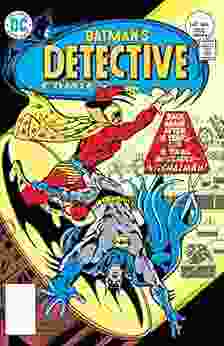
 Milton BellDetective Comics 1937-2024 #466: A Journey Through the Heart of Darkness and...
Milton BellDetective Comics 1937-2024 #466: A Journey Through the Heart of Darkness and...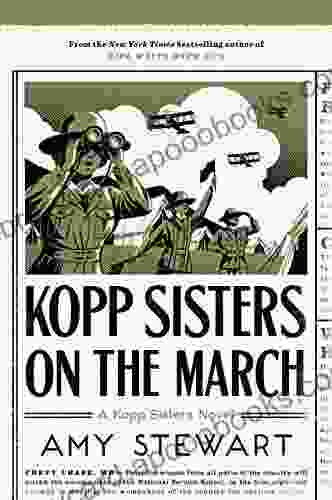
 Geoffrey BlairUnlock the Extraordinary World of the Kopp Sisters: Journey Through a Saga of...
Geoffrey BlairUnlock the Extraordinary World of the Kopp Sisters: Journey Through a Saga of...
 Chris ColemanGender and Voting: Uncovering the Influence of Gender in Elections Across...
Chris ColemanGender and Voting: Uncovering the Influence of Gender in Elections Across...
 Jacques BellHow to Fix, Repair, and Mend Your Clothes: The Ultimate Guide to Preserving...
Jacques BellHow to Fix, Repair, and Mend Your Clothes: The Ultimate Guide to Preserving...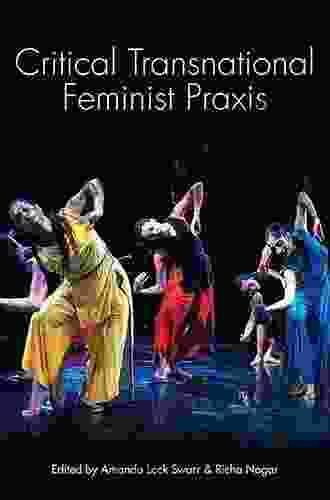
 Sean TurnerUnleashing Critical Perspectives: Critical Transnational Feminist Praxis in...
Sean TurnerUnleashing Critical Perspectives: Critical Transnational Feminist Praxis in... Derek CookFollow ·8.7k
Derek CookFollow ·8.7k Ivan TurgenevFollow ·10.3k
Ivan TurgenevFollow ·10.3k Fernando BellFollow ·17.3k
Fernando BellFollow ·17.3k Corbin PowellFollow ·4.8k
Corbin PowellFollow ·4.8k Jamie BellFollow ·16.6k
Jamie BellFollow ·16.6k Duncan CoxFollow ·17.4k
Duncan CoxFollow ·17.4k Fabian MitchellFollow ·4.6k
Fabian MitchellFollow ·4.6k Harry CookFollow ·14.1k
Harry CookFollow ·14.1k
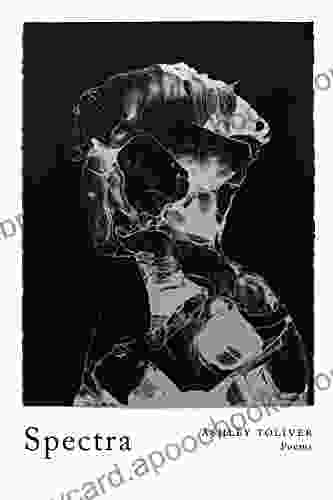
 Roald Dahl
Roald DahlImmerse Yourself in a Mesmerizing Tapestry of Creativity:...
Prepare to be captivated by "Spectra," an...

 Clarence Brooks
Clarence BrooksUnleash Your Inner Taylor with Red Piano Vocal Guitar:...
Embrace the Red Era...

 Jeffrey Hayes
Jeffrey HayesUnlock Your Child's Academic Potential: A Comprehensive...
In today's rapidly changing...

 William Golding
William GoldingBrave Elizabeth: A Captivating Tale of Resilience and...
Immerse Yourself in a Riveting Historical...
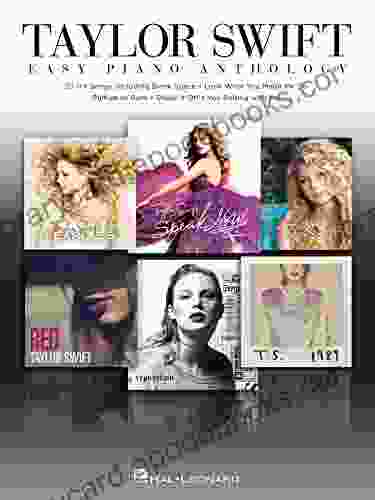
 Curtis Stewart
Curtis StewartUnveiling the Heartfelt Melodies of Taylor Swift: A...
Step into the enchanting world of Taylor...
4.6 out of 5
| Language | : | English |
| File size | : | 7318 KB |
| Text-to-Speech | : | Enabled |
| Enhanced typesetting | : | Enabled |
| Word Wise | : | Enabled |
| Print length | : | 259 pages |
| Screen Reader | : | Supported |



